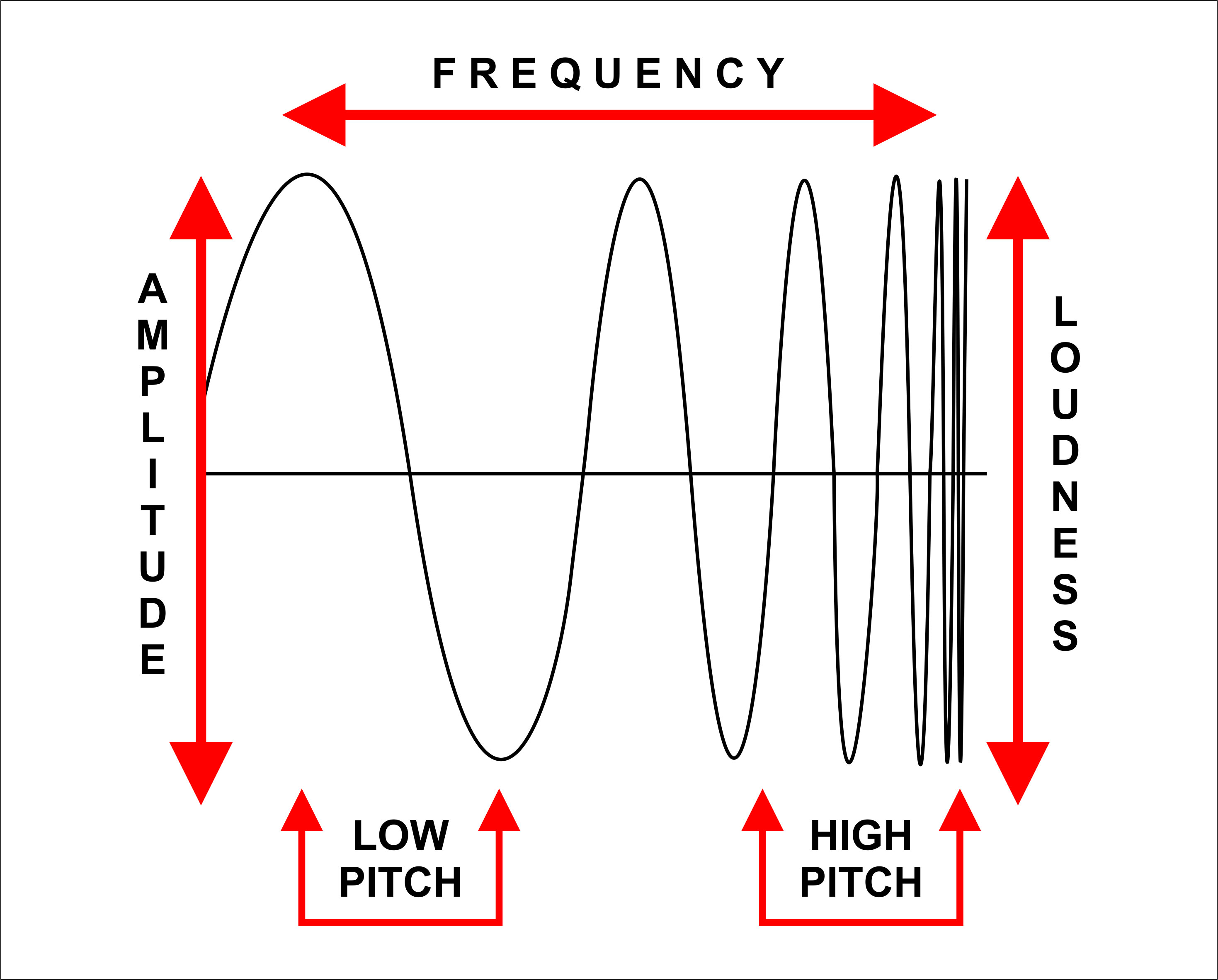How do we hear music?
Sound travels in waves - vibrations in the air
Different pitches are more or less vibrations per second.
The number of vibrations per second is called frequency.

Intervals = Ratios (Pythagorean Tuning)
In music, when we use different intervals, these are just different ratios between frequencies.
For example, a perfect 5th is a 3:2 ratio, and a perfect 4th is 4:3.
An octave is 2:1, so for any note, the note an octave above it is double its frequency.
We get all our notes using the Circle of Fifths, and then shifting them down octaves.
This perfect system of intonation is called Pythagorean Tuning.
BUT...
There's a problem
No stack of perfect fifths will fit exactly into an octave.
So if we play perfectly, with Pythagorean tuning, our music gets more and more out of tune.
For example, this means that C and B♯ are not the same note. - They're about a quarter semitone apart (this distance is called the Pythagorean Comma)
So, we created a new (less perfect) system to stop this, which still sounds OK…
A new system (12TET)
To stop our music from going out of tune, we created a new intonation system, which is the one you all know.
12 tone equal temperament(12TET) is the system we use in all modern music.
We divide the octave into 12 equal parts, each a semitone. (We then divide each semitone into 100, called a cent)
Each semitone has a frequency ratio of 12√2.